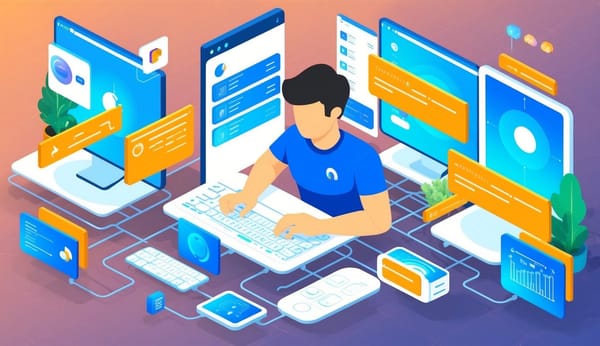8 Slack Tips Every Tech Team Should Know in 2025
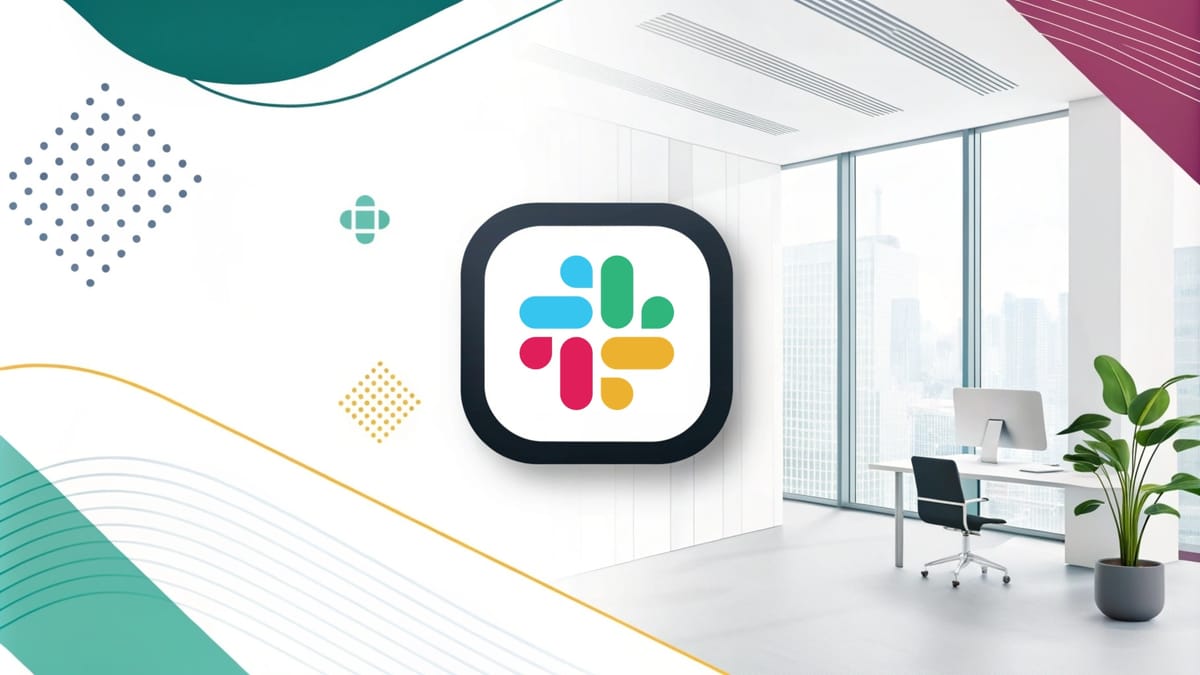
Messaging apps like Slack offers many features that can help with teamwork. But for those who just got into the messaging ecosystem, it could be tempting to bring the same habits from our daily messaging app like Whatsapp or Messenger. Workplace requires productivity. With some adjustments, it would make the communication more effective.
Here are some tips that every tech team should know:
🙅 No "Hi". Cut Straight to the Point.
You have probably heard of nohello.net. It promotes this universal issue that everyone faces on their messaging app like Slack: Someone dropping a "hi" without saying anything else. It can even happen outside of workplace. It can happen on Facebook, Whatsapp, and other places.
Remember, saying only "hi" is a waste of everyone's time. People have to come back and forth, and the context-switching is a productivity killer. Lay down the context + questions directly so that it can be digested in one look.
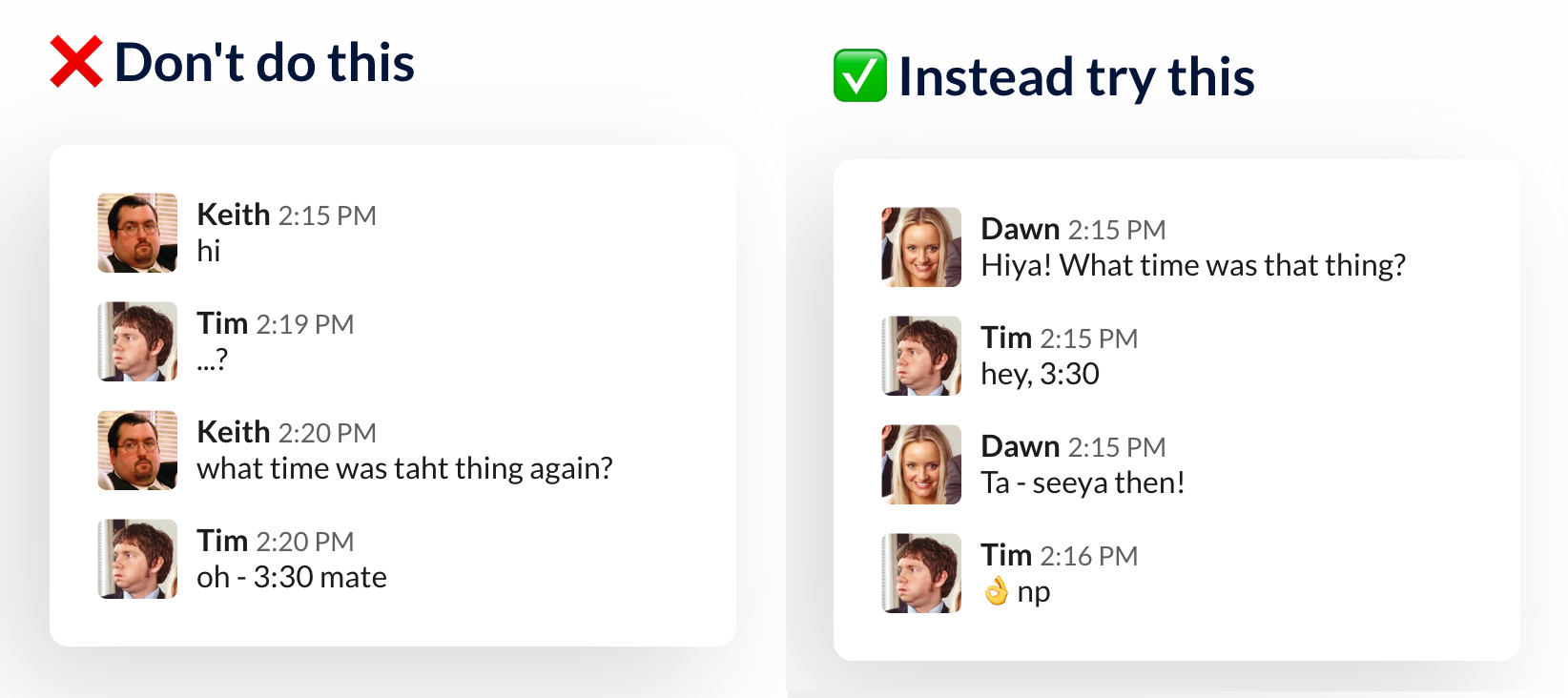
👥 Use Team Channels instead of DM
The benefits of using team channels instead of DM:
- ✅ Everyone in the channel can help
- ✅ Someone else who has the same question can get answers as well
- ✅ The answer is available in the channel for future reference
When having a question, it's tempting to go to that person directly by using DM. For example, where to find a certain document, or how to connect to VPN. Dropping a message to your manager or mentor would be the first method that comes into your mind.
However, using DM has several issues:
- You'll need to wait for that single person's reply.
- Someone else might have the same question.
- People who have the same question in the future will need to ask the same question.
Team channels (either public or private) are for this purpose. They are great for sharing updates, asking questions, and discussing projects.
Concerned that it's not related to the team? No problem. In larger organizations, there are so many messages everyday. No one really cares if there are more irrelevant messages.
Unless it's sensitive information, using team channels instead of DM is always better.
🕐 Scheduling Messages
When out of working hours, or you know someone is almost clocking out, use scheduled messages instead!

Schedule the messages and send them in the next morning. You can set a time and send them in the morning. Since they are already off, you cannot get a response, anyway.
"Hi! There's something important. I've set up a chat with you next Monday."
I once received this message right after I got off work on a Friday evening from my manager. I kept thinking about it during weekends and could not really relax 😅
🏗️ Start with Important Messages
Put your main ideas at the start of your message. This helps readers grasp the key info quickly. This is the writing style of the inverted pyramid.
You can see the difference in the following two different styles:
- Inverted Pyramid
New Policy: "No Meeting Wednesdays" starts next week.
Impact:
* Protects time for deep work
* Improves team productivity
- Regular messages:
Hi. Recently team members have reported difficulties focusing on deep work, and our productivity metrics show a concerning trend. After discussions, we've concluded that we will start "No Meeting Wednesdays." This policy will take effect starting next week.
Be honest. There's no way people are going to finish the second message. Good message structure & brevity helps teams communicate clearly and efficiently. There is also an insightful article on Poynter.
Even though it is journalism, it applies to any business message. Everyone is busy, and we want readers to understand us right away. We can add details & contexts after the main point.
Quick recap:
- Main message on top
- Use formatting like bold text & bullet points.
- Contexts at the bottom
📟 Acknowledgement
When someone messages you in Slack, a quick reply can work very well. Even a simple "Got it" or thumbs-up emoji 👍 shows you've seen the message. This is super helpful in busy channels.
On the other hand, not replying at all can leave the impression that you have not seen the message yet. This can create confusions for other members especially if you are on a on-call rotation.
For longer messages, try a brief summary. "I'll look into those three points" tells the sender you've understood. If you need time to respond fully, say so. "I'll get back to you by EOD" sets clear expectations.
💡 Bonus tip: use Slack reminders if you need to come back to the message later.
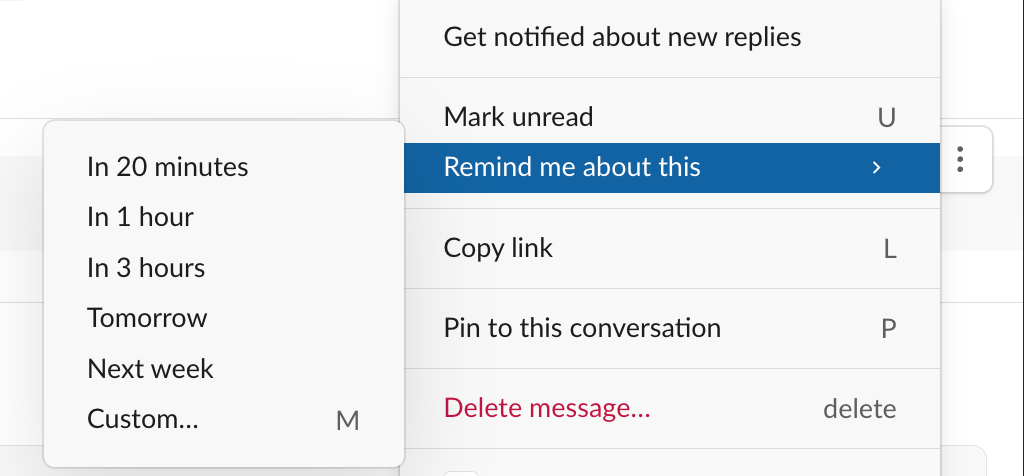
🔄 Follow-Up Messages
What if someone is not replying to your messages? Do follow-up.
- "Hi. Could you take a look at me previous message?"
- "Gentle bump"
- "Ping"
Anything is ok as long as it's friendly.
Some people might be concerned to be "too buggy". Here is my guideline of how much time we should wait before we do a follow-up messages:
- Regular messages: 18-24 hours
- Urgent messages: 20-30 minutes if you are certain that the person is present
Everyone is busy, and it's important to do follow-up once in a while if we want to get things done properly.
💡 Pro tip: Save that message to "later" list so that you remember you're waiting.
🔒 No PII
When using Slack, it's crucial to handle Personally Identifiable Information (PII) with care.
The principle is that: no PII should be posted in public channels. PII includes customer name, phone number, home address, etc.
Big companies usually have guidelines about how to handle PII on Slack. However, if you're in a company with no such guideline, don't do it either. It will come back and bite you one day.
With the rise of privacy awareness, companies usually regulate the access to PIIs, and one day they will require the team to either remove those PII or change the channel access to private. It's a headache if it has not been handled with care.
👓 Using TL;DR
With Slack AI, it's now a lot easier to read a summary of the messages. However, if you're posting a long message, it's still better to have a TL;DR at top as a summary. It helps readers to understand the key points.
Here is an example:
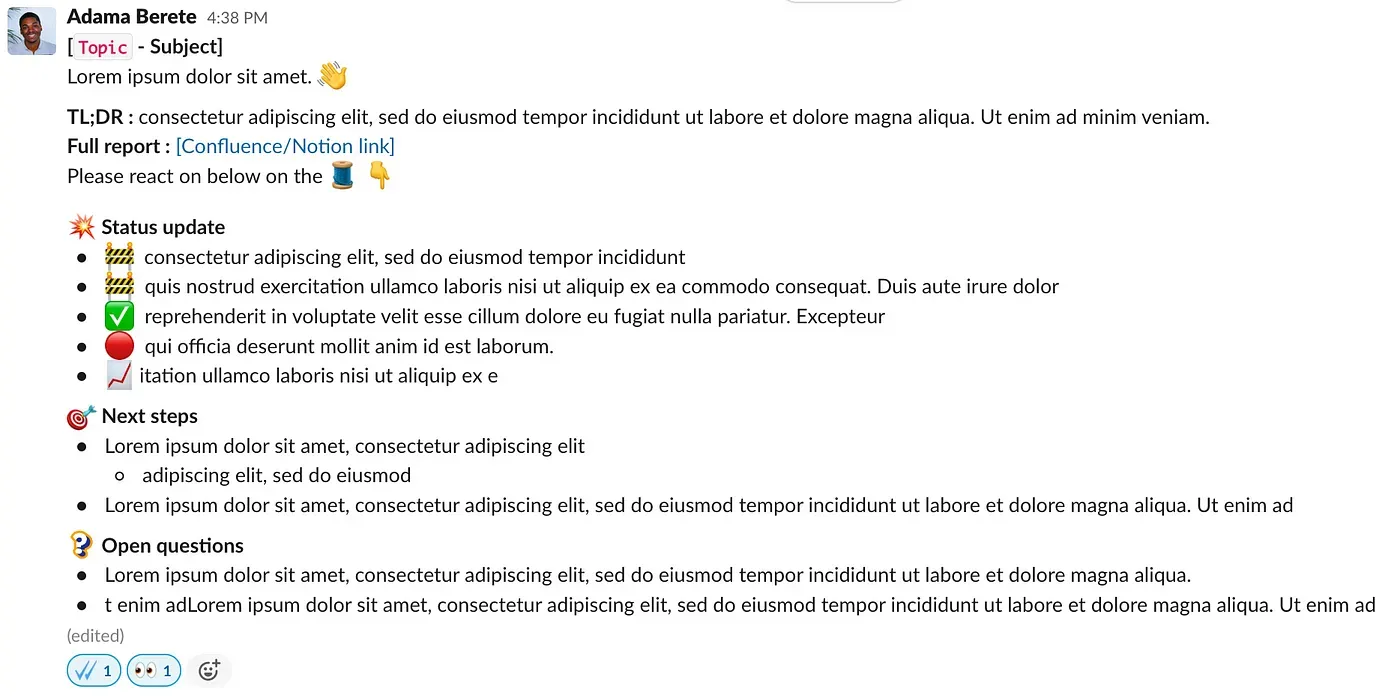
By checking TL;DR, readers will know that whether the information is relevant, and they can choose to skip the rest of it or not.
Also, TL;DR isn't just for long messages. Use it for meeting notes, project updates, or any communication that might be time-consuming to read in full.
Last Words
As always, if you find it helpful, please consider subscribe or follow me on LinkedIn.


